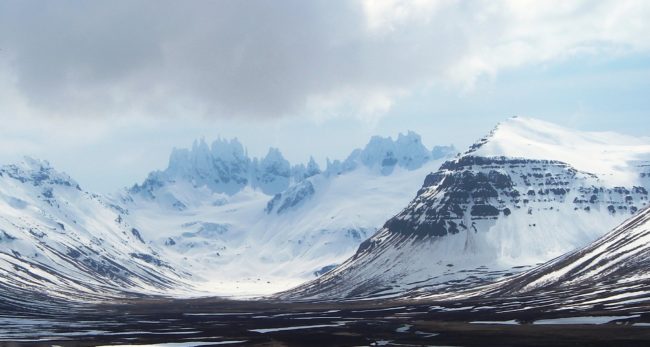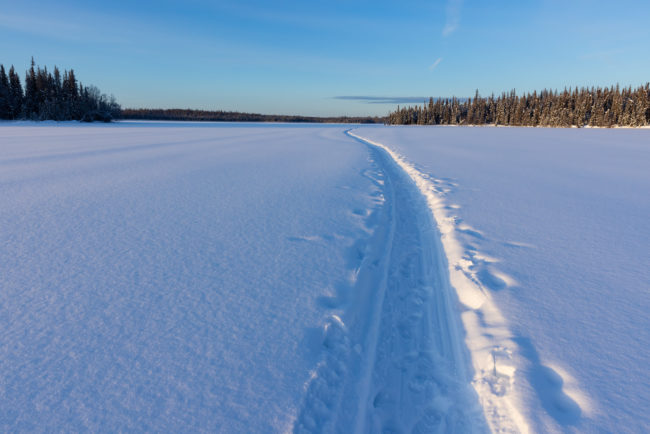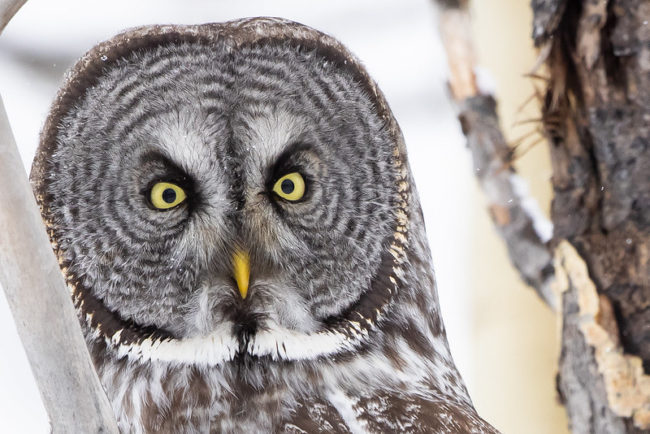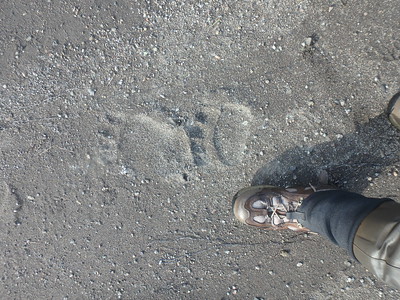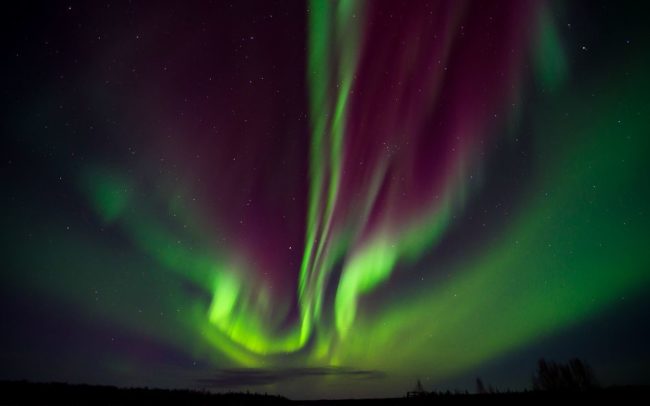by David Raskin, Friends Board President
Arctic National Wildlife Refuge
There are no recent developments on the existing leases, but a second lease sale in 2024 is required by the existing legislation. We expect that a second lease sale will be another bust like the first sale. In the meantime, US Fish and Wildlife Service (FWS) and the Bureau of Land Management (BLM) continue the lengthy and expensive process of developing the Supplemental Environmental Impact Statement (SEIS) required by order of the Secretary. The public release of the SEIS has now been postponed until the second quarter of 2023. Many conservation organizations, including Friends have intervened on behalf of the government in the federal lawsuit by the Alaska Industrial Development and Export Authority (AIDEA) and the State.
The FWS is beginning the preparation of a Draft Environmental Impact Statement for the SF 299 application by Kaktovik Inupiat Corporation (KIC) for a winter right-of-way across the tundra in a wilderness study area. It should be noted that the request for a winter right-of-way across the Refuge may have implications for the Alaska National Interest Land Conservation Act (ANILCA) and the Izembek road controversy. A draft report on the Kaktovik claim of historical vehicle use for subsistence activities in the Arctic Refuge tundra, including wilderness study areas, is currently under review. Under the solicitor’s opinion in the previous administration, the Refuge is open to motorized vehicles, but there has been little activity to date.
Izembek National Wildlife Refuge
On November 10, 2022, the Ninth Circuit Court of Appeals granted our petition for en banc review of their March 16, 2022, panel decision that overturned our second successful lawsuit that had stopped the illegal land transfer for the proposed Izembek road. That disastrous panel of two Trump appointees rewrote ANILCA to allow land transfers for economic and social purposes as a basis for reinstating the land exchange for the road. The decision to rehear the case en banc nullified the disastrous panel decision, canceled the land exchange, and began the road proponents’ appeal anew.
Nicole Whittington-Evans, Alaska manager of Defenders of Wildlife and Deborah Williams, former Special Assistant to the Secretary of Interior, spearheaded the successful efforts to obtain amicus briefs from President Carter, former Interior Secretary Bruce Babbitt, former Interior Solicitor John Leshy, and the Native Village of Hooper Bay and the Sea Lion Corporation in the Yukon Delta. The latter brief was shepherded by the tireless work of Myron Naneng of Hooper Bay. We are also extremely fortunate to have obtained the services of expert appellate attorney Jennifer Bennett who will argue our case before the en banc panel of the Ninth Circuit on December 13. Unfortunately, Interior Secretary Haaland has so far failed to withdraw the blatantly illegal land exchange that would end the legal case and protect Izembek and 104 million acres of federal conservation lands from commercial and industrial exploitation. We continue working with our conservation partners to develop other approaches to permanently preserve the Izembek Refuge and all Alaska federal conservation lands.
Kenai National Wildlife Refuge
On October 27, 2022, the State of Alaska filed a writ of certiorari with the Supreme Court seeking review of the Ninth Circuit’s decision that supported our win in the District Court. The State claims that the case raises questions of “exceptional importance” to states and the Ninth Circuit decision is “unsustainable on the merits.” It is noteworthy that Safari Clubs International did not join the State in this latest appeal. The Supreme Court rejects most petitions for review.
Yukon Flats National Wildlife Refuge
We have heard nothing further on the results of Hilcorp’s shallow exploration on Doyon Corporation inholdings in the Yukon Flats Refuge. There is great concern that this may lead to oil and gas development that could negatively impact the world-class wildlife and fisheries and subsistence resources in the Refuge.
